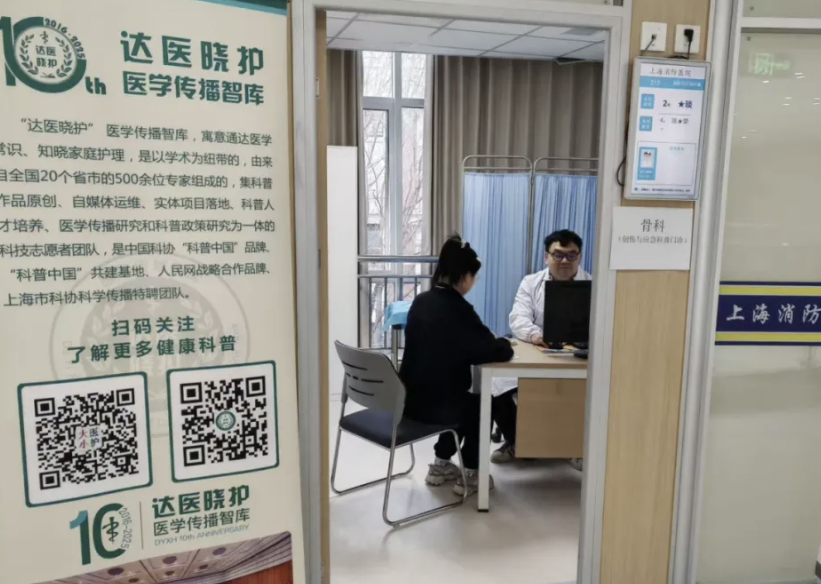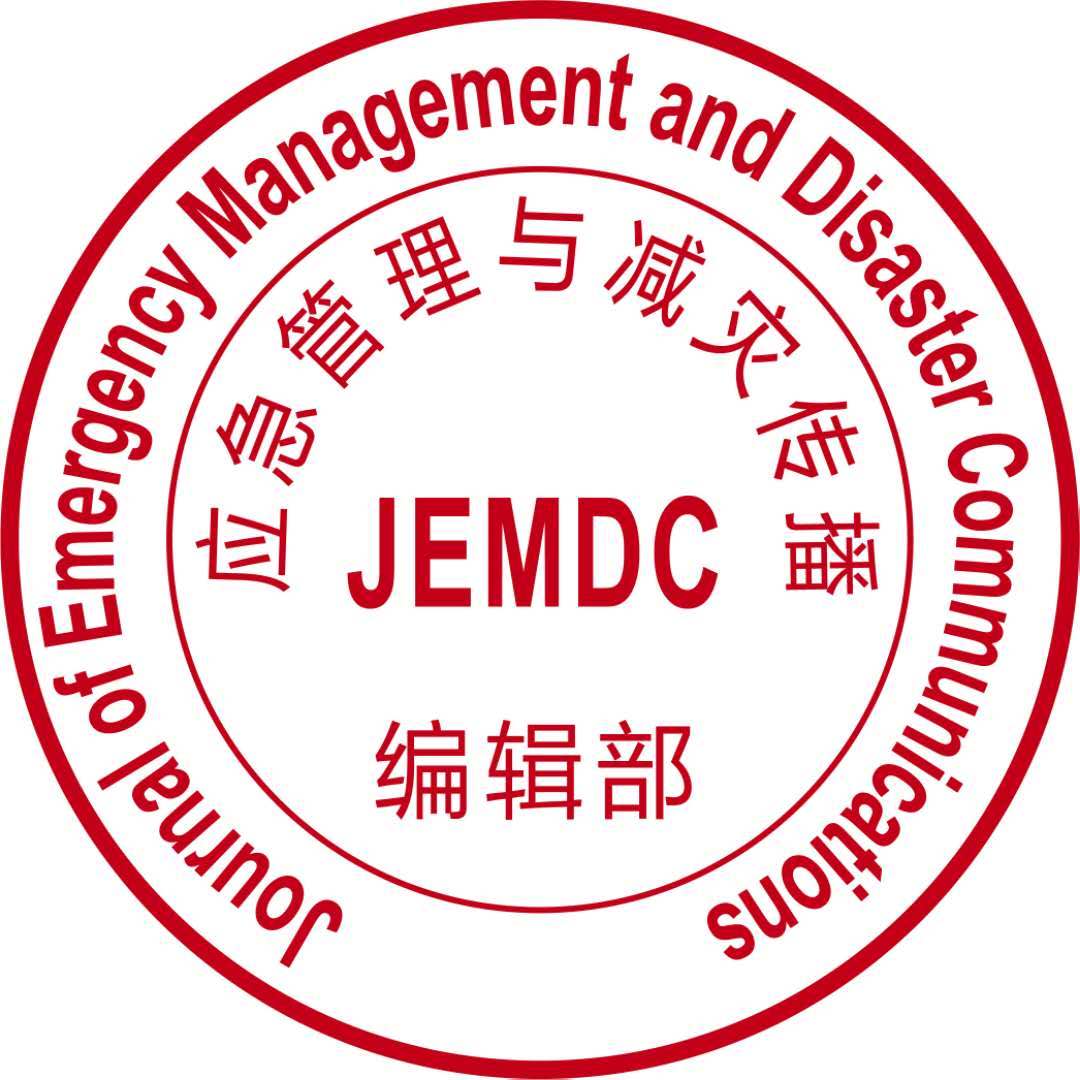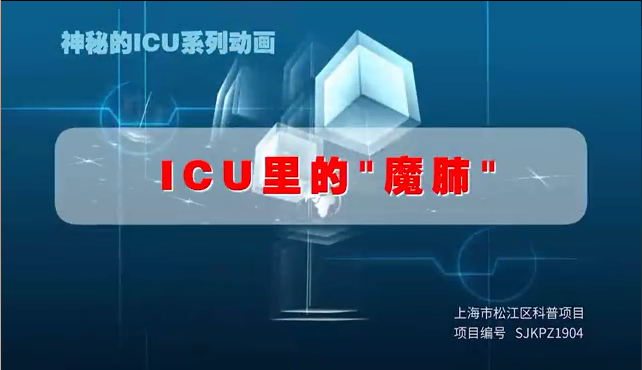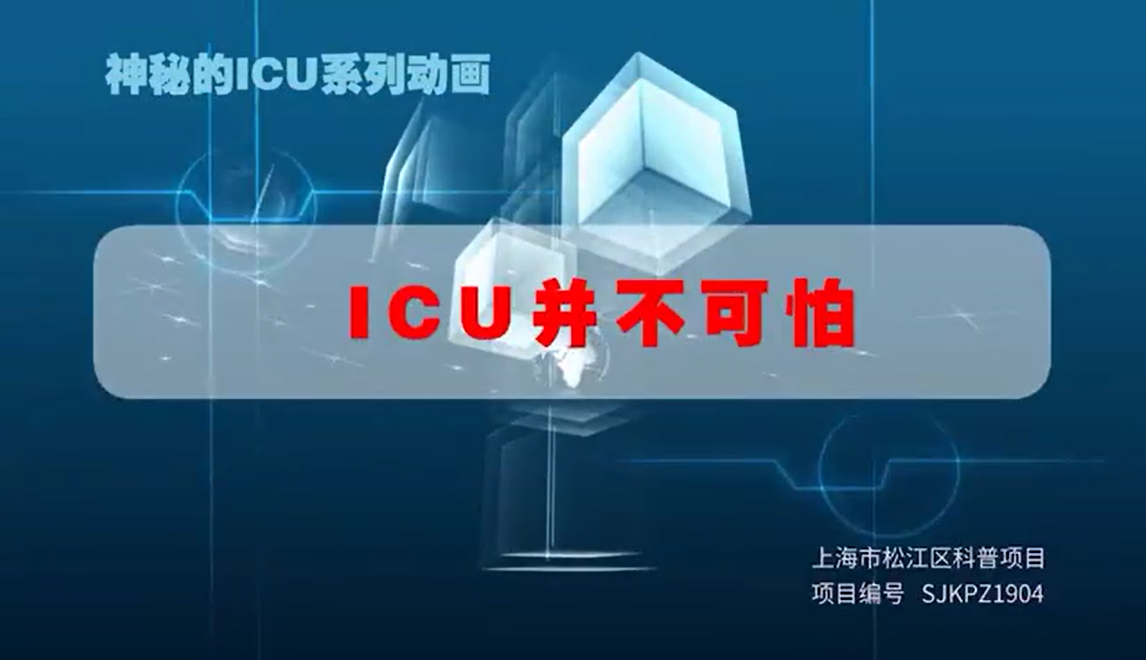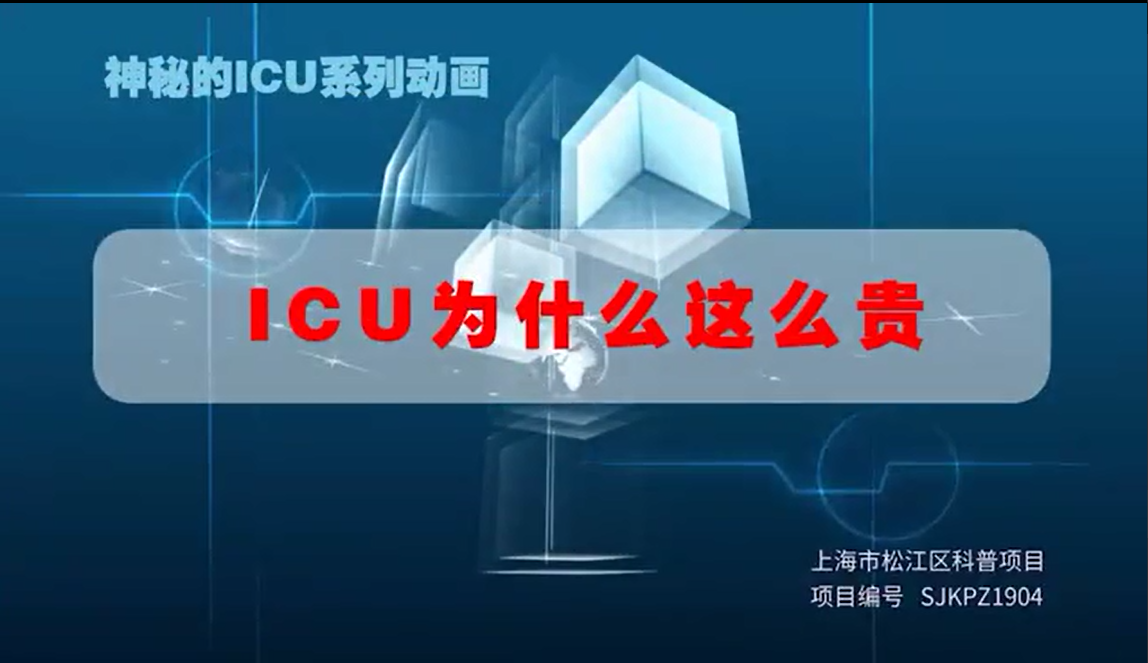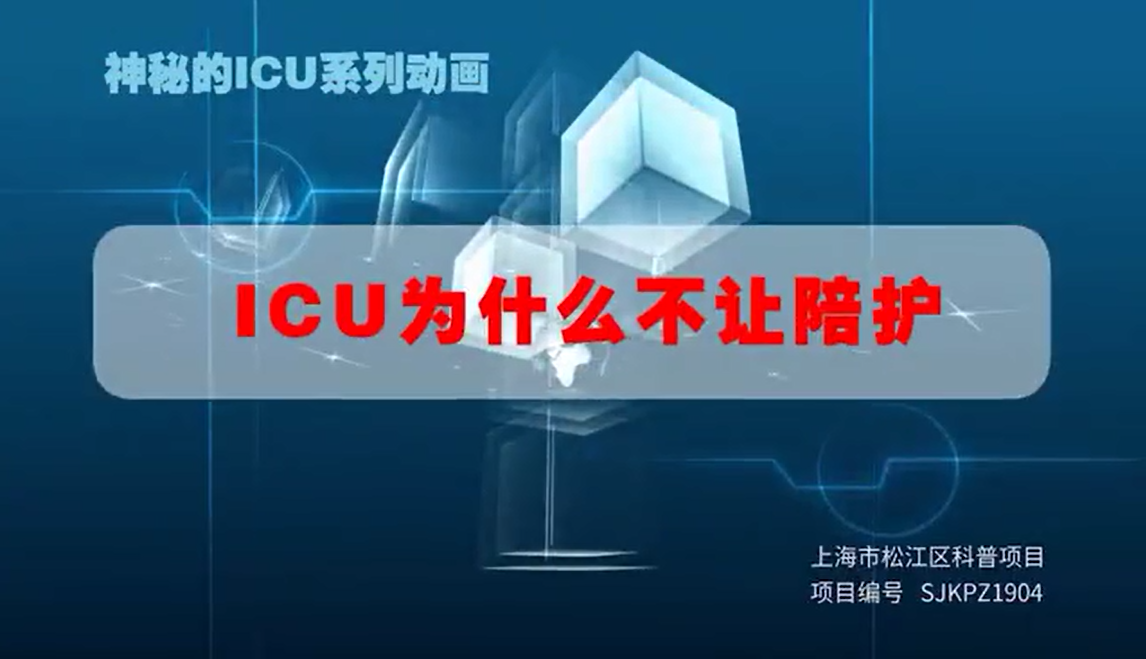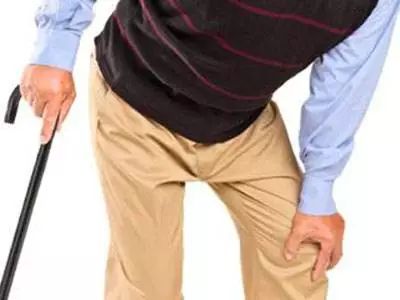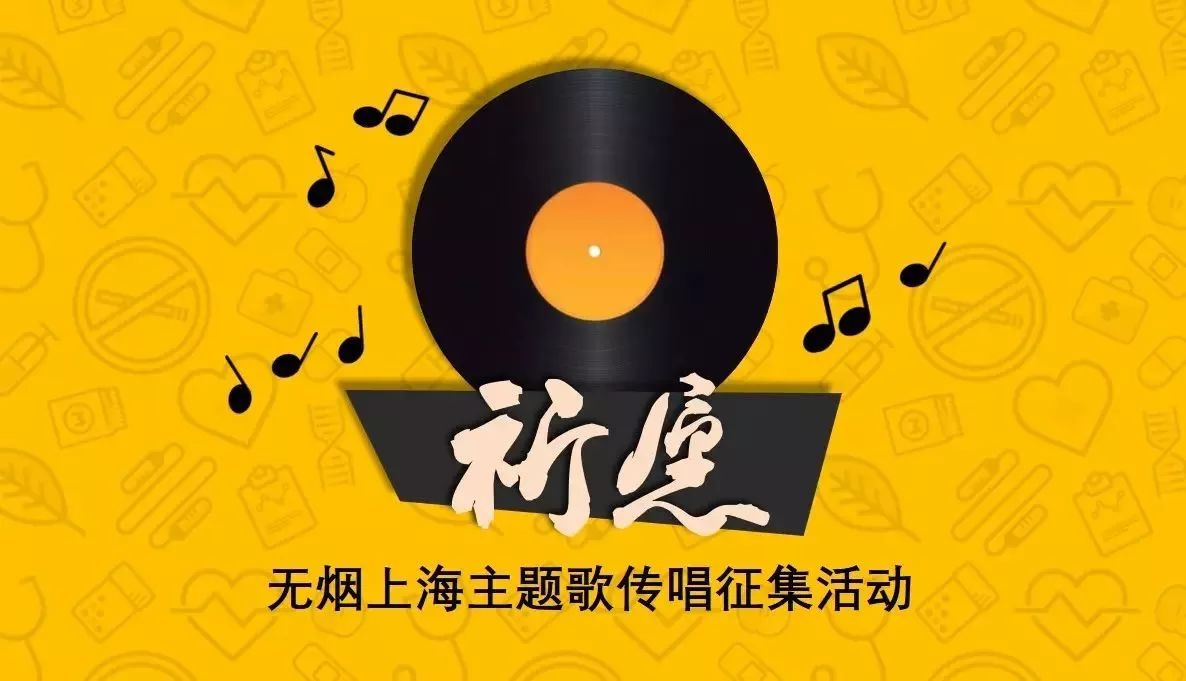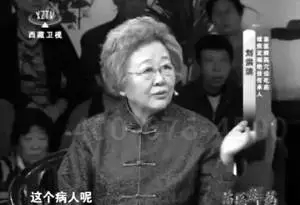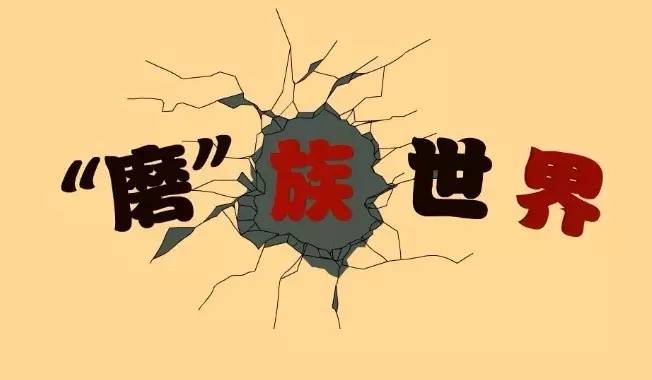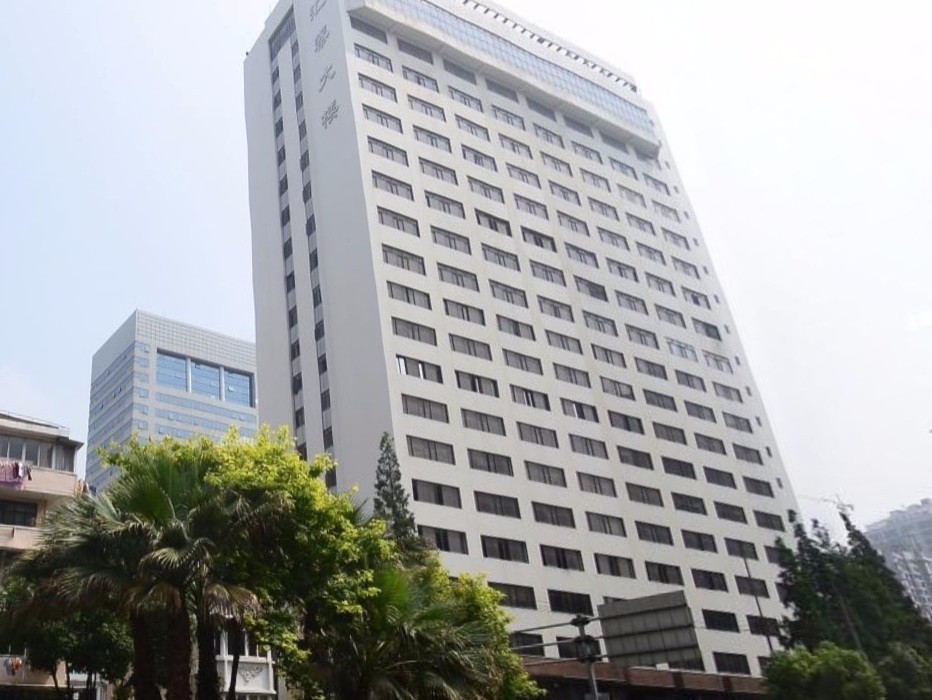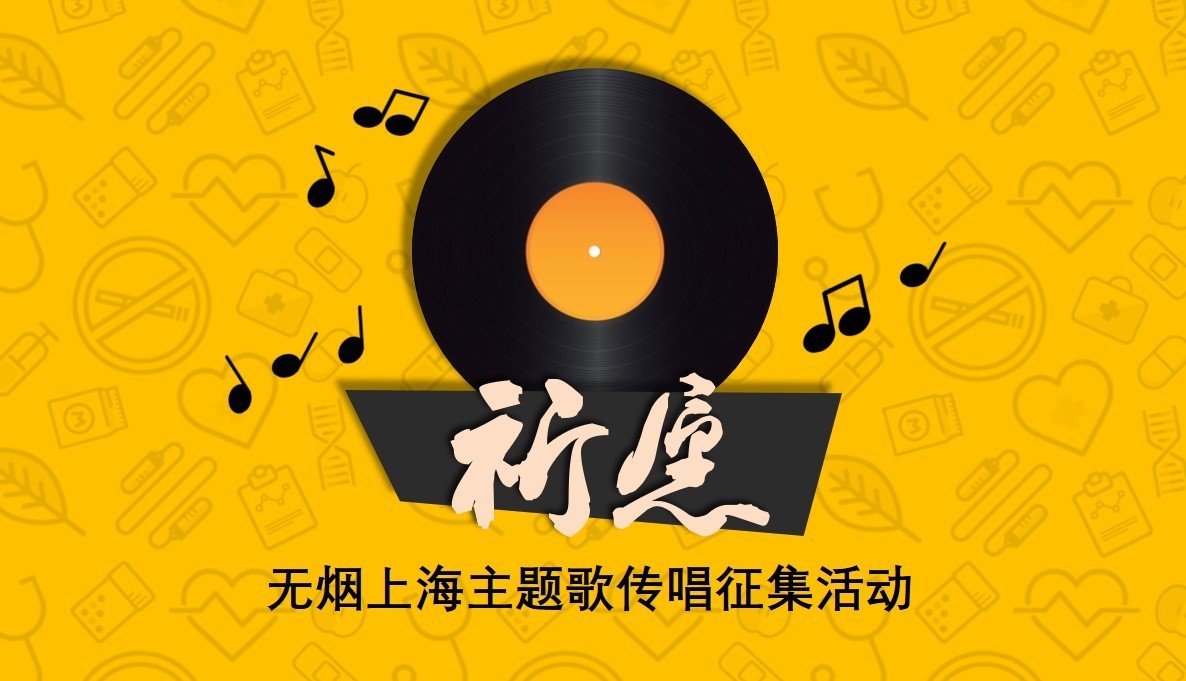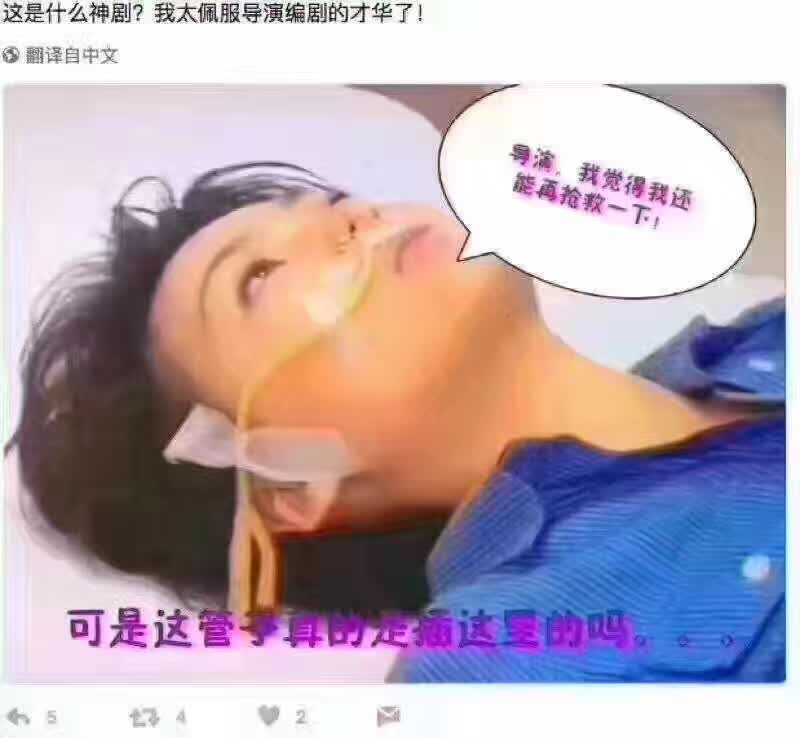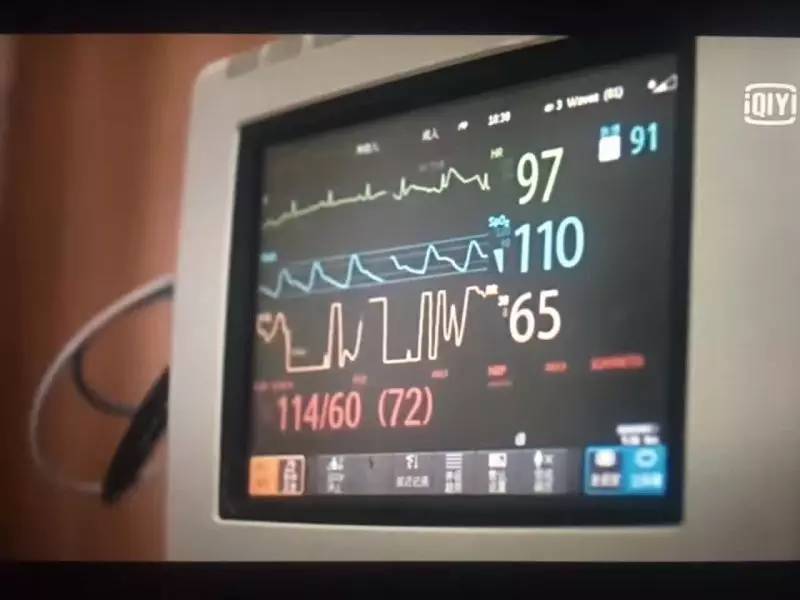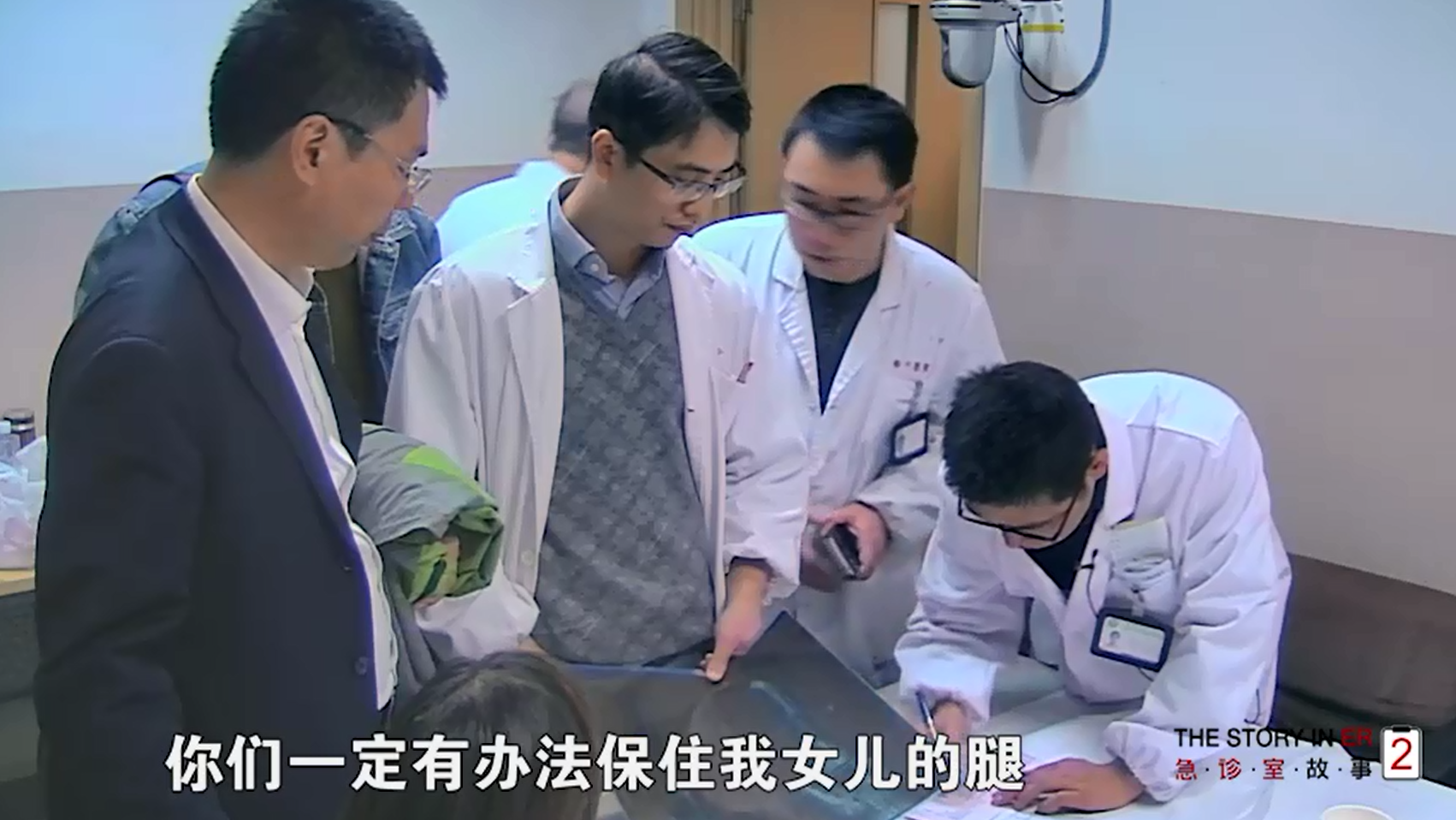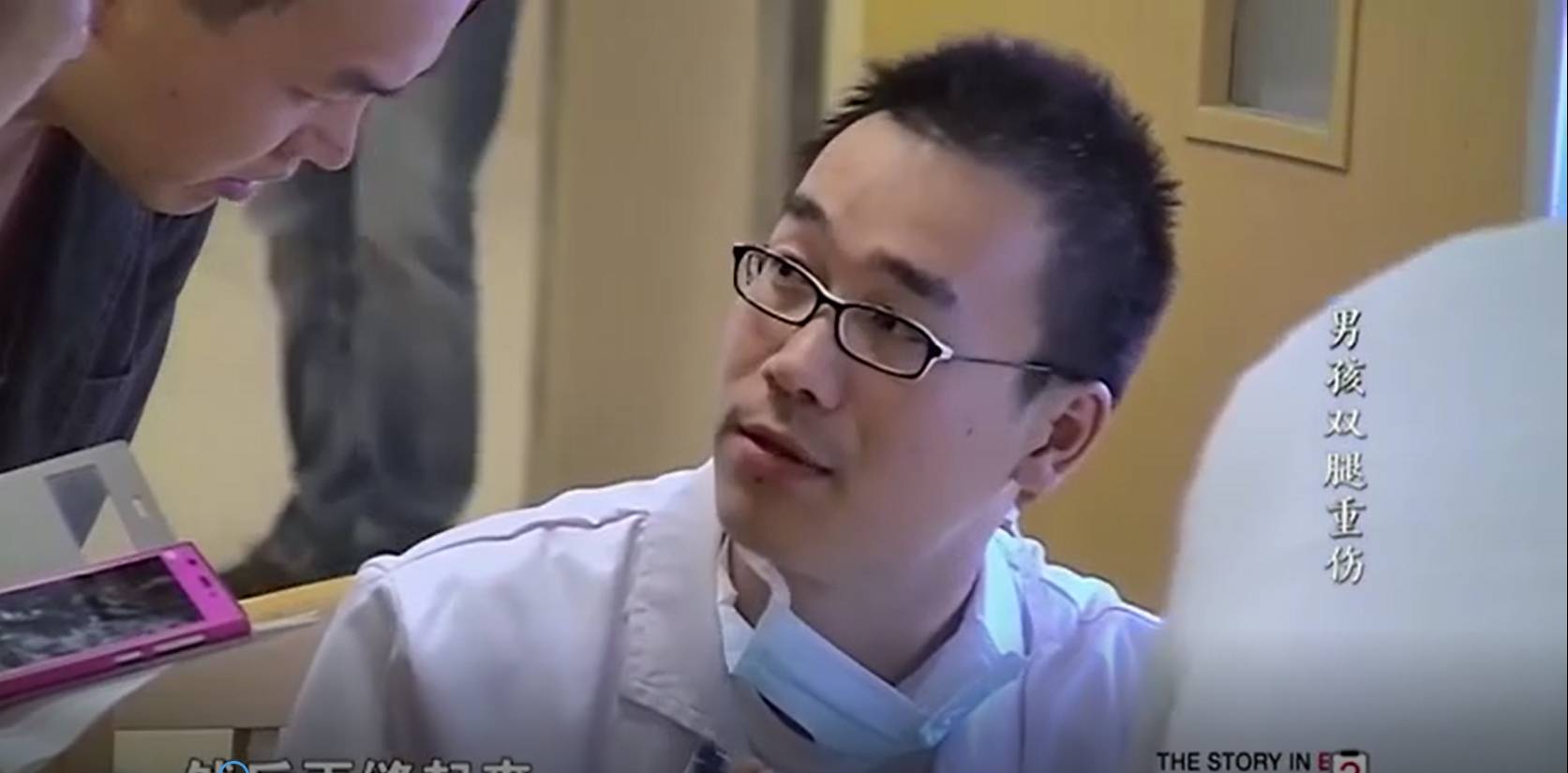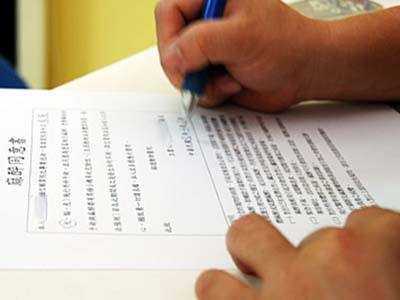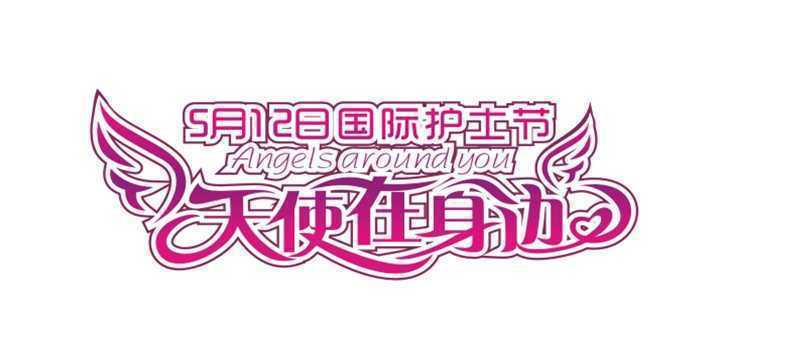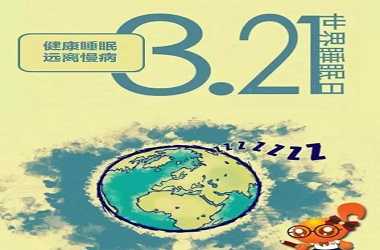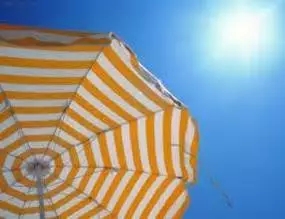
夏天已经到来,妈妈们都开始关心如何给宝宝防晒的问题。众所周知,阳光对维生素D的合成是必须的,但紫外线的直接辐射会造成皮肤的损伤,老化,色素沉着和皱纹,甚至于增加皮肤癌的风险,特别是儿童,喜爱户外活动,皮肤比较娇嫩,防御和保护机制还没完全发育成熟,所以更需要注意防晒。可是市面上有很多防晒霜,到底该怎么选择呢?还有哪些靠谱的防晒措施呢?让我们一起来看一看吧!
一、防晒霜的挑选
防晒霜的作用是保护皮肤,阻挡皮肤吸收紫外线的辐射。那么问题来了,如何选择防晒霜?
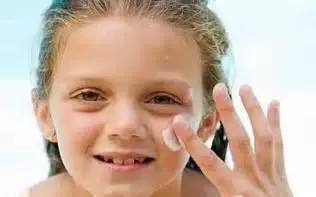
1. 看防晒霜的成分
无机型防晒霜 (物理防晒霜):含有氧化锌和二氧化钛成分的无机化合物,防晒原理是通过在皮肤表面形成保护膜,反射或散射紫外光,达到防晒的目的,属于广谱防晒霜,可以同时覆盖中波紫外线UVB和长波紫外线UVA。这种类型的防晒霜和有机型的相比,因为不易被皮肤吸收,所以对皮肤的刺激性和致敏性相对较低,但缺点是涂抹后在皮肤上产生泛白的效果。
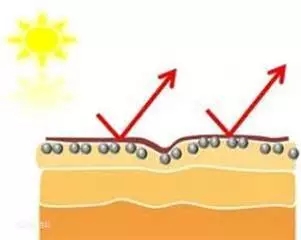
有机型防晒霜 (化学防晒霜):常见的防UVB的有肉桂酸盐类和水杨酸盐类,甲氧基肉桂酸辛酯(OMC),其中应用最广泛地是甲氧基肉桂酸辛酯(OMC)。最常用防UVA的有羟苯甲酮和阿伏苯宗。广谱的有机型防晒霜常常是联合防UVA和UVB的成分,比如天来施M, 天来施S,麦素宁XS,和麦素宁XL等。
有机型防晒霜的防晒原理是和皮肤中的细胞结合,吸收紫外线辐射转换成极微小的热量释放。因为皮肤会吸收,所以涂抹后不见,但和无机型的相比,优点是涂抹后被皮肤吸收看不见,但同样导致了容易引发皮肤过敏。
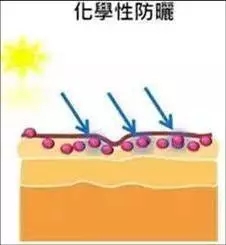
Sunscreens play an important role in blocking ultraviolet (UV) radiation from being absorbed by the skin.
How to choose sunscreens?
1.Check the type of the sunscreens
Inorganic sunscreens (physical sunscreens): refer to sunscreens made with mineral compounds such as zinc oxide or titanium dioxide, which stay on the top of the skin and form a barrier to reflect and scatter the UV rays. They offer broad-spectrum protections against both ultraviolet B (UVB) and ultraviolet A (UVA) rays. Compares with organic sunscreens, inorganic ones have a lower irritation, sensitization, and skin penetration potential. However, these ingredients would form visible white coating on the skin.
Organic sunscreens (chemical sunscreens): common organic sunscreens for UVB are cinnamates, salicylates and octinoxate. The mostly widely used UVB sunscreens is octinoxate. Oxybenzone and avobenzone are most commonly used for protection against UVA.
Broad-spectrum sunscreens for UVB and UVA are compounds with the ingredients with UVB and UVA coverage, such as Tinosorb M, Tinosorb S, Mexoryl SX, and Mexoryl XL.
Organic sunscreens protect skin by absorbing UV radiation and converting it to a minimal amount of heat. They may cause irritation or allergic reactions because the skin absorbs the active ingredients. However, compared with inorganic sunscreens, it is not visible when slathering on the skin.
2. 看防晒指数SPF
防晒指数SPF指的是防晒霜保护皮肤防止UVB损伤皮肤的能力。指数越高,防晒(UVB)的能力越强。SPF15 、30和50的防晒霜所能吸收的UVB辐射量分别是93%、97%和98%。
一般来说,根据户外活动的地点来选择合适的防晒指数。日常生活中的外出活动,比如游戏,户外散步等,一般推荐SPF15的产品;去海边玩或游泳选择SPF25的产品;从事户外工作,运动,旅游,或娱乐活动,可选择SPF30到50的产品。
2. Check the sun protection factor (SPF)
The sun protection factor (SPF) on a sunscreen label means the ability of the sunscreen to block UVB rays. Higher SPF numbers mean greater protection from UVB rays. Sunscreen products with an SPF of 15, 30, and 50 absorb 93, 97, and 98% of UVB radiation respectively.
A sunscreen with SPF of 15 is generally recommended for daily use, such as walking outdoors. Sunscreen products with SPF 25 are appropriate for beach activities. An SPF of 30 to 50 is recommended for outdoor work, sports or recreational activities. Broad-spectrum sunscreen products with SPF 30 or higher are recommended for individuals performing outdoor work, sports, or recreational activities.

3. 看防晒UVA星级
SPF指数仅仅是指防晒产品防护UVB的能力,而不是所有的紫外线。紫外线中的UVA会导致皮肤老化和皱纹,和UVB一样,UVA也有引起皮肤癌的风险。所以选购防晒霜时除了要看SPF指数,同时也要注意看产品标签上所标注的UVA星级。这个星级评估指的是防晒霜保护皮肤防止UVA损伤皮肤的能力。从一星到四星,星级越高,防晒(UVA)能力越强。一星,代表低度UVA防护;二星,代表中度UVA防护;三星,代表高度UVA防护;四星,代表目前最高程度的UVA防护。
3. Check UVA start rating
The SPF rating does not mean protection against all sun damage, it is only for UVB. Ultraviolet A (UVA) rays cause skin-ageing and wrinkles. Both UVB and UVA rays can cause skin cancer. Remember to check the labeling on the sunscreen for the UVA protection as well when choosing a product. A four-star rating system measures how well the product protects against UVA rays. Higher rating means greater protection from UVA rays. One star represents low UVA protection. Two stars mean medium protection. Three stars indicate high protection. Four stars represent the highest UVA protection available.
4. 看是否广谱防晒霜
如前所述,紫外线中UVB和UVA辐射都和晒伤,皮肤老化和皮肤癌相关,都是需要防护的,所以选择防晒产品时要查看包装标签上是否有广谱(Broad-spectrum)防晒的字样, 以确保能同时抵御UVB和UVA辐射。
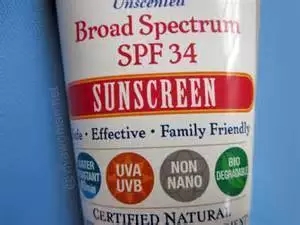
4. Check broad-spectrum
Both UVA and UVB are responsible for sunburn, photoaging, and skin cancer. Keep in mind that check the labeling on the sunscreen for the “Broad-spectrum “ to ensure the product is able to provide protection against both UVA and UVB rays.
5. 看是否耐水
如果户外游泳或海边玩耍,则需要考虑选择产品标签上有"water resistant"(耐水) or "very water resistant"(非常耐水)的标识。美国FDA规定在水中或出汗后40分钟仍可以保持防晒指数的产品为water resistant(耐水), 80分钟后仍保持的为 "very water resistant"(非常耐水)。
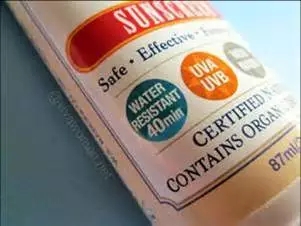
5. Check water resistant
Look for the “water resistant" or "very water resistant" labeling on the sunscreen product if your will take your kid to the beach or swimming outdoors. FDA approved sunscreens labeled as “water resistant” or “very water resistant" if the product maintains the SPF after 40 or 80 minutes of swimming or sweating.
美国儿科学会关于选择防晒霜的建议是:
具有广谱(broad-spectrum)防晒功能的产品,会提供对于UVB和UVA的双重防护;
SPF15及15以上,不超过50。一般来说,SPF15-30 应该是足够的;
耐水;
推荐选择无机型防晒霜 (物理防晒霜),一般是含有氧化锌和二氧化钛成分;
如果想要选用有机型防晒霜 (化学防晒霜)的话,请记住在全身使用前,先做皮肤敏感试验防止过敏;
如果可能的话, 尽量避免有桂皮酸盐或二苯甲酮成分的产品,因为可能有轻微的类激素样作用;
另外, 值得注意的是避免选用同时具有防蚊作用防晒霜。因为户外活动时经常需要补擦防晒霜,这样就会有皮肤吸收过多驱蚊化学成分的风险。

Overall, The American Academy of Pediatrics recommends to select a sunscreen that offers:
Broad-spectrum protection. This will offer protection against both UVB and UVA rays.
An SPF of 15 or higher, up to SPF50. Generally SPF15 or 30 is fine.
Water resistant
Preferably inorganic (physical) sunscreens made with zinc oxide or titanium dioxide.
If you choose an organic sunscreen ( chemical-based), remember to do a patch test before use to make sure your kid won't allergy to it. If possible, avoid the ingredients oxybenzone or octinoxate due to the concerns about mild hormonal effects.
It is also worthwhile to avoid the sunscreen with anophelifuge. Reapply sunscreen when outdoor activities may resulting in overdose of the anophelifuge.
二、防晒霜的使用
1. 使用要足量
防晒霜应该足量涂抹在全部没有衣物遮盖的皮肤上,否则会影响防晒效果。足量均匀地涂抹, 特别是容易晒伤的部位,比如脸,鼻子,耳朵,头颈后面,肩膀,手,脚,和膝盖的后面。
2. 时机要掌握
出门前15-30分钟涂抹防晒霜,使皮肤表面有时间吸收形成保护膜。阴天也需要用防晒霜,因为阳光中的紫外线80%可以穿透云层。户外活动每2个小时需要重复涂抹;如果有出汗和下水游泳后也需要随时重复涂抹。
3. 年龄限制
六个月以下的小婴儿:美国儿科学会推荐,对于小于6个月的婴儿,只有太阳光照无法避免,而且又没有足够衣物和阴凉处可用的情况下,可以在暴露部位小面积地涂抹极少量的SPF15以上的防晒霜。
六个月以上的婴儿:美国儿科学会推荐,可以全身涂抹防晒霜,但是因为婴儿皮肤屏障不成熟,而且可能发生用手揉眼睛的或吃手的情况,所以要注意选用无机型防晒霜,对皮肤和眼睛无刺激,不易渗透入皮肤,过敏可能性很低,而且广谱防护。涂抹时要注意避开眼周。

How to apply sunscreens
1. Remember to put enough sunscreens to cover all exposed areas that will not be covered by clothing. It will limit how useful it is if you do not apply enough of it. Lay the sunscreen on thickly. Pay attention to the burn-prone areas like the ears, nose, back of the neck, and shoulders.
2. Apply the sunscreen onto the dry skin about 15 to 30 minutes before going outdoors. This gives time for skin to absorb and form a protective film on the skin. Keep in mind to put on the sunscreen even on cloudy day since 80% of the UV rays can get through the clouds. Reapply sunscreen at least every 2 hours, or more often after swimming or sweating.
3. Age limitation
For infants younger than 6 months, American Academy of Pediatrics recommends that a minimal amount of sunscreen with at least SPF 15 used to small areas of the body, such as infant's face and the back of the hands, only if adequate clothing and shade are not available.
For infants older than 6 months: American Academy of Pediatrics recommends that sunscreen can be applied to all areas of the body. Avoid areas around eyes because baby would rub sunscreen into eyes or put his hands into the mouth. Choose the inorganic (physical) sunscreens made with zinc oxide or titanium dioxide, which are broad-spectrum and are least likely to be irritating and allergic.
三、防晒小贴士
涂防晒霜不是防晒的唯一手段, 有很多其他重要的防护措施。出门的时间选择,衣服,帽子,墨镜,伞的防护作用也很强,而且比任何防晒霜都安全。下面我们一起来看看有哪些小贴士呢?
尽量避免在早上10点到下午4点之间出门,因为这个时候紫外线最为强烈;
选择凉快舒服的轻质衣服,裤子和帽子。尽量选用编织紧密度较高和深颜色的衣服;
戴上帽檐3英寸左右宽边的编织紧密的遮阳帽,遮盖保护脸,耳朵和后颈部;
佩戴可以防护99%紫外线的太阳眼镜,注意选择合适的尺寸;
遮阳伞,婴儿车,帐篷,以及树荫下;
六个月以下的婴儿尽量避免直射太阳,在户外活动时注意以上防晒措施;
母乳喂养的婴儿需要额外补充维生素D,而不是将强烈的日晒作为获得维生素D的唯一途径;
大多数的防晒霜保质期在2到3年以上,所以如果在保质期内,而且颜色和气味没有发生变化,则不需要每年更换新的防晒霜。
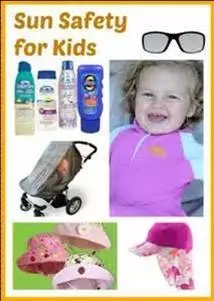
Other sun safety tips
Using sunscreen is only one part of an overall plan of protecting from harmful UV rays. Other important ways to protect from UV rays including clothing, hat, sunglass, shade etc.
Limit your sun exposure between 10 a.m. and 4 p.m when UV rays are the strongest.
Select cool, comfortable and light wearing clothing, pants and hats, preferably made with a tight weave and dark in color;
Wearing a hat with an all-around 3-inch brim and tightly weave that covers the face, ears, and back of the neck.
Wear sunglasses with at least 99% UV protection. Look for child-sized sunglasses with UV protection for your child.
Use an umbrella, the stroller canopy, tent, or find shade under a tree.
Keep infants younger than 6 months out of direct sunlight.
Breastfeeding infants should get a vitamin D supplement instead of using sunlight exposure as a source of vitamin D.
Check the expire date on the package of the sunscreen that you bought. It is not necessary to buy a new one each year because most of the sunscreens are effective for at least 2-3 years, as long as it isn't expired and there is no change in color and smell.


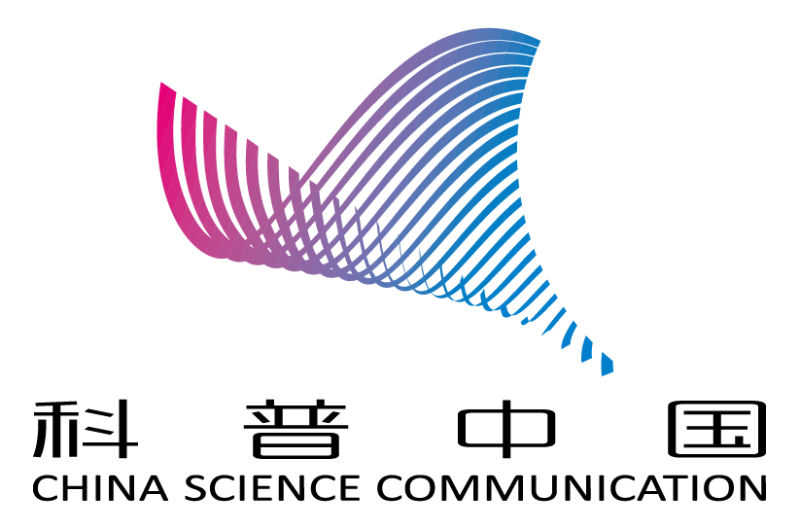



 收藏
收藏
 赞
赞
